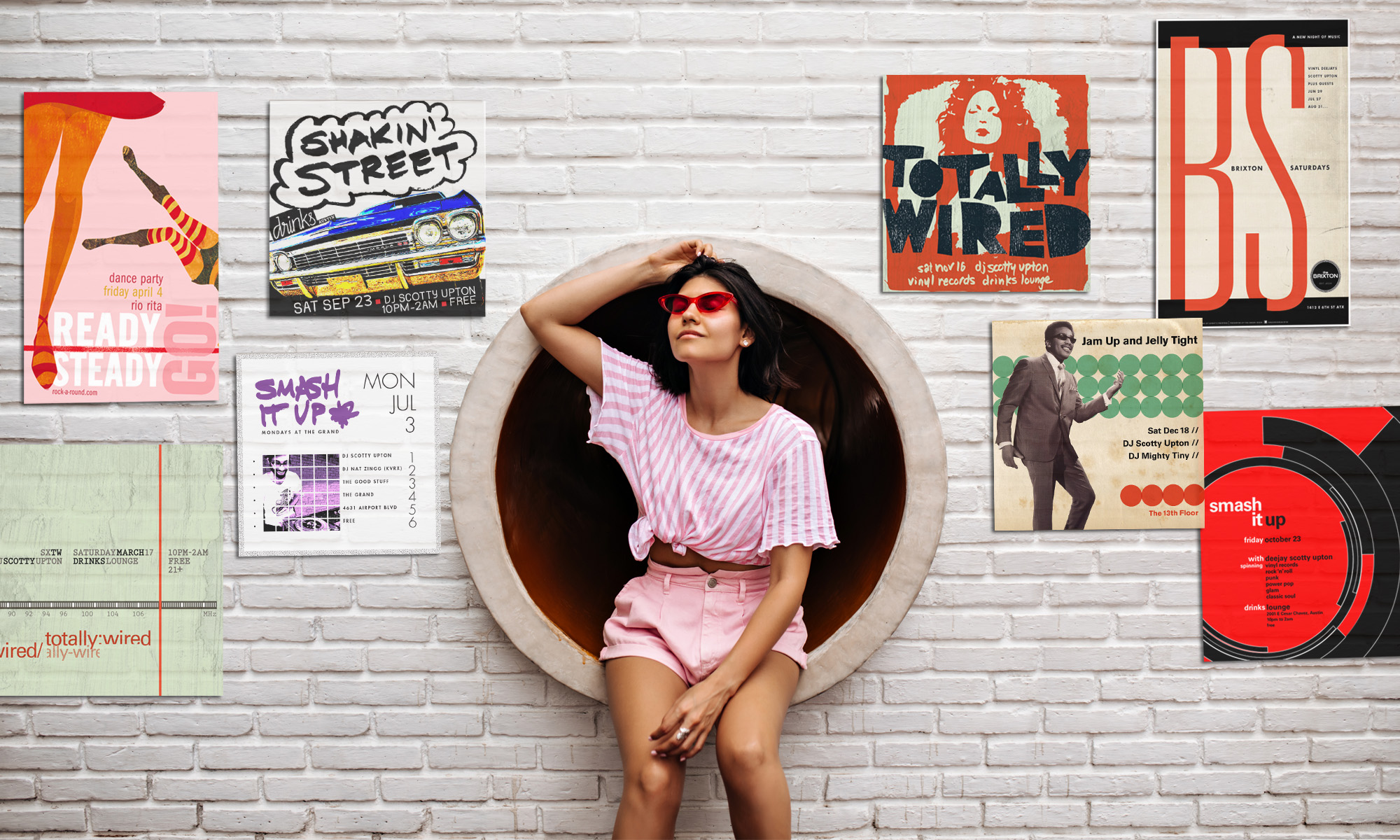Type designers are some of the hardest working people in design. They demonstrate a passion required to build a typeface and of necessity must be sticklers for detail.
Over the last few months, a trend toward basics, legibility, and elegance define the current state of type design.
Read on as we select some of the type trends that will inspire designers to think differently about typography.
01 Ligature discretion

OpenType has a feature called discretionary ligatures, making it possible to do some really interesting things when certain letters are typed in a certain order. Take Fabrizio Schiavi’s Siruca for instance; a font which, when you type the word ‘car’, a car pictogram appears.
02 Simplicity and legibility redefined

If you’ve seen the excellent iA Writer app for both Mac and iPad, you’ll no doubt have noticed its set-back, minimalist yet hugely legible monospaced typeface, Nitti. It’s a font from the foundry Bold Monday, a Dutch outfit that designs both commercial and custom fonts.
Bold Monday’s faces are leading the trend of simple, elegant yet modern typefaces; from Panno Sign, which was designed for the romanisation of street names in South Korea, to its newest release Trio Grotesk – Florian Schick’s personal interpretation of Kaart Antieke, an early 20th century sans serif used by Piet Zwart in his essay about modern typography, “Van oude tot nieuwe typografie”.
Another example is Dalton Maag’s excellent custom font for Nokia.
03 Slick stencils

Stencils are back with a vengeance, and a fantastic example of a slick, contemporary stencil is Levi’s, a font designed by Type Together for the jeans brand, commissioned by Wieden and Kennedy. Based on Paratype’s version of Bodoni, you could arguably group it into trend 05, but we feel stencils deserve their own entry.
04 Didone is back

If there’s one font that sums up the revival of Didone typefaces, it’s Rick Banks’ F37 Bella. A useful and stylish font, Banks has just released a Heavy version for those wanting to use it a bit smaller (at smaller point sizes the original’s serifs could disappear).
These hyper-thin hairline serifs and strong contrasts between thick and thin lines, make it a modern classic in the Didot classification. It’s a stunningly elegant font for headlines; online and especially in print. A bargain at £35 per weight.
Other nice examples include Neutura’s Estrella typeface.
05 Classics revived

Type designers love reinterpreting classic fonts in new ways. There have been many examples over the past year, but one that stands out is the release of Garçon Grotesque.
A contemporary interpretation of Copperplate Gothic, Garçon Grotesque is a sophisticated typeface designed in a multitude of weights with extended Latin character set, small capitals and a working lowercase.
You can buy it at Myfonts, starting at $50. An example of a face being revived by a modern foundry is Commercial Type’s revival of Max Miedinger’s Neue Haas Grotesk (the font that became Helvetica).
Courtesy Creative Bloq










